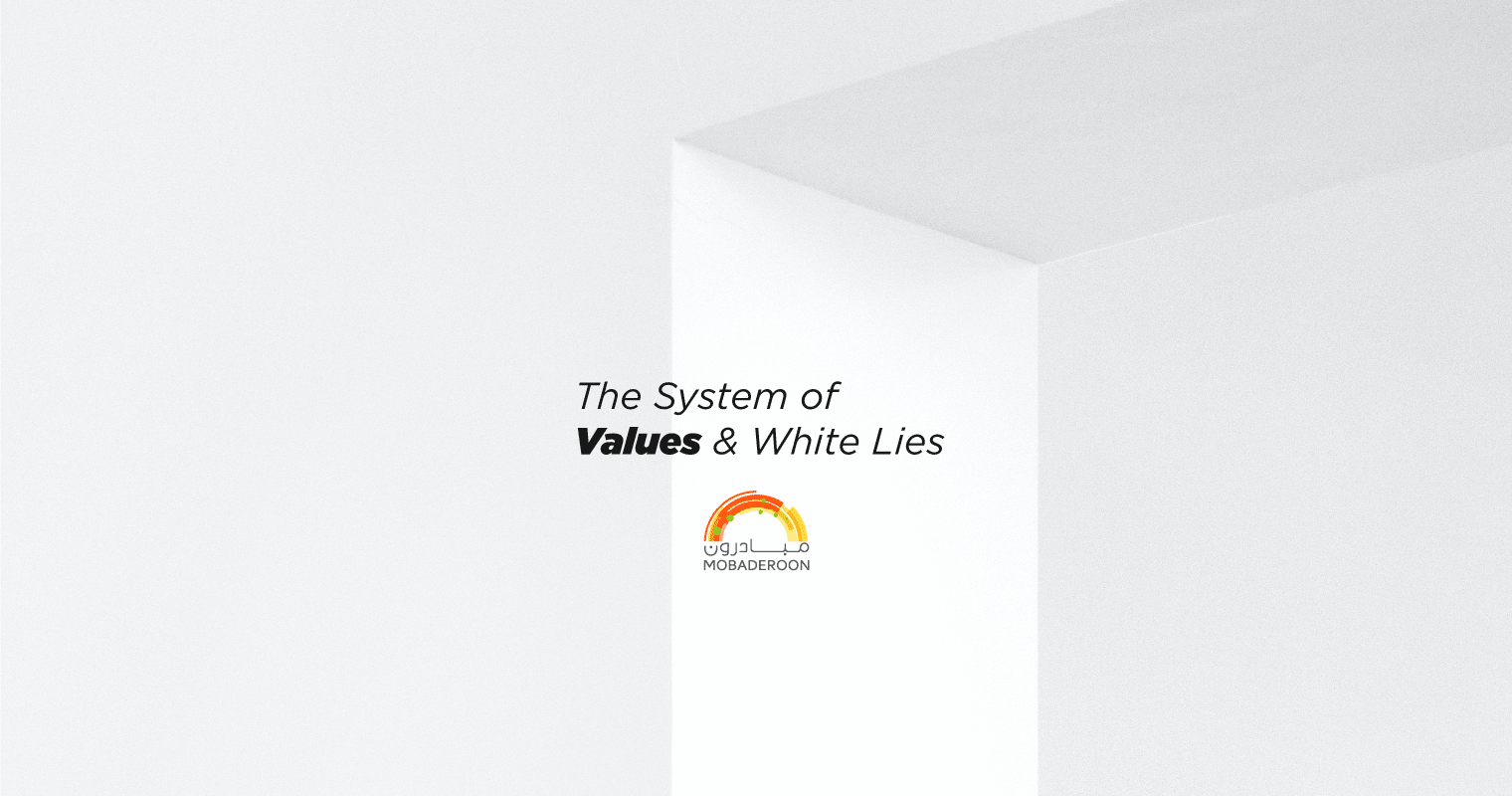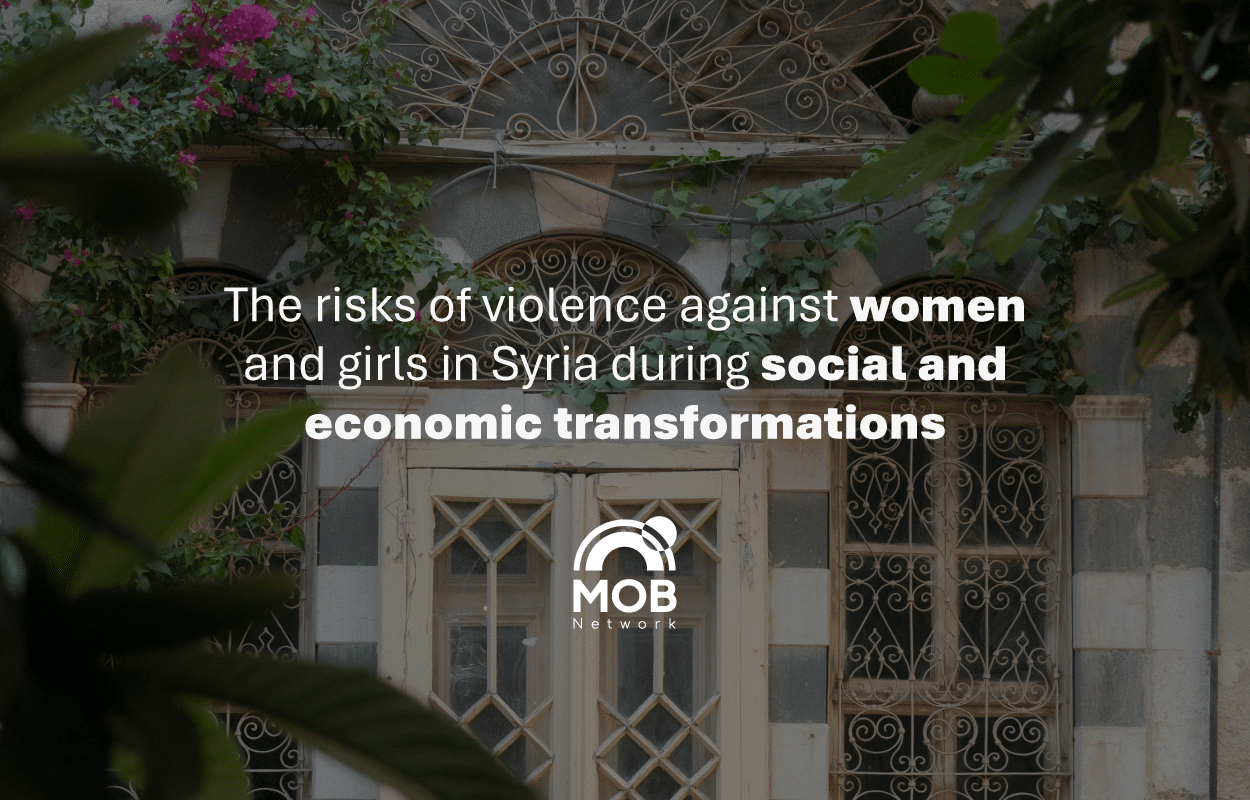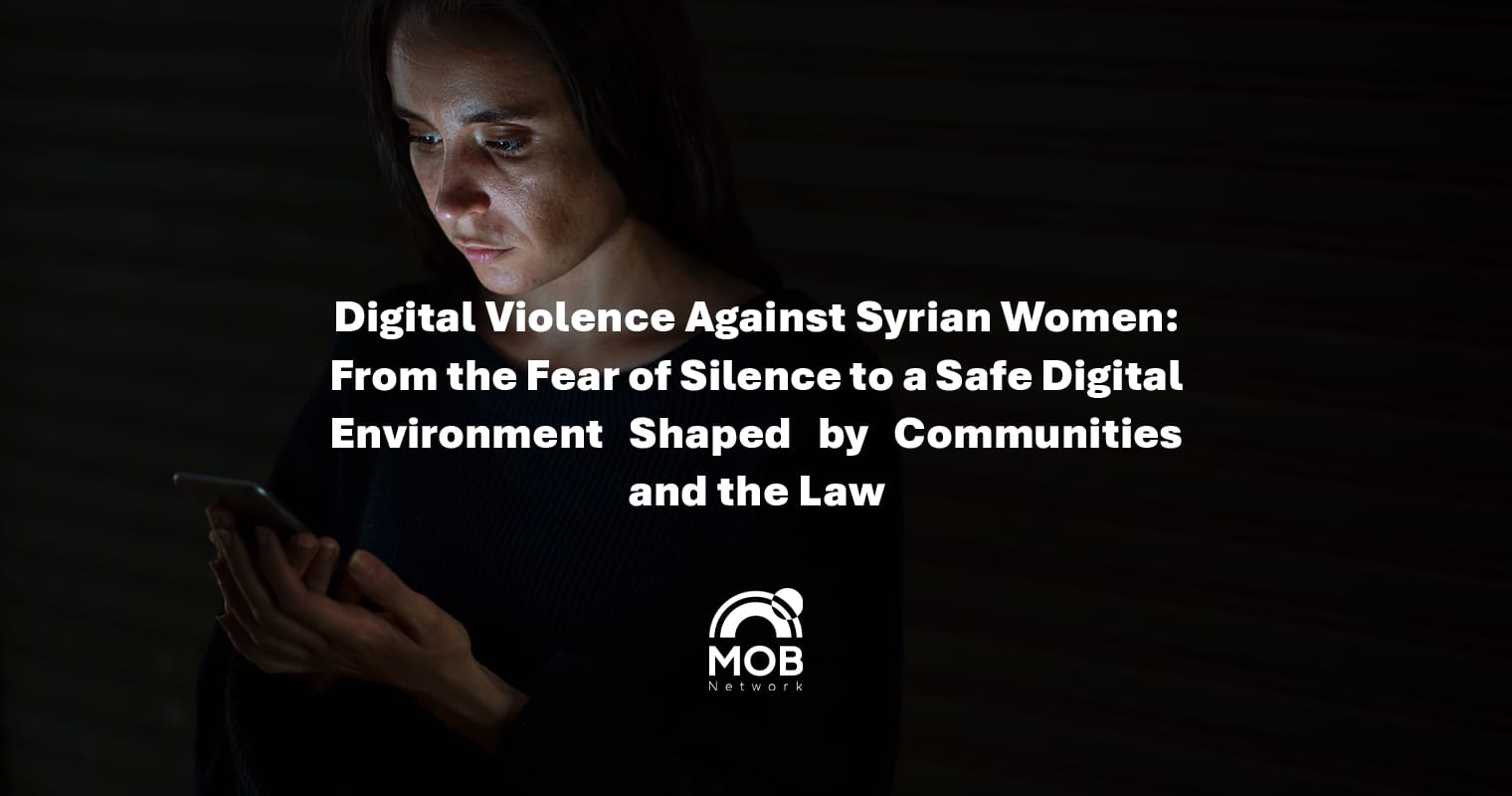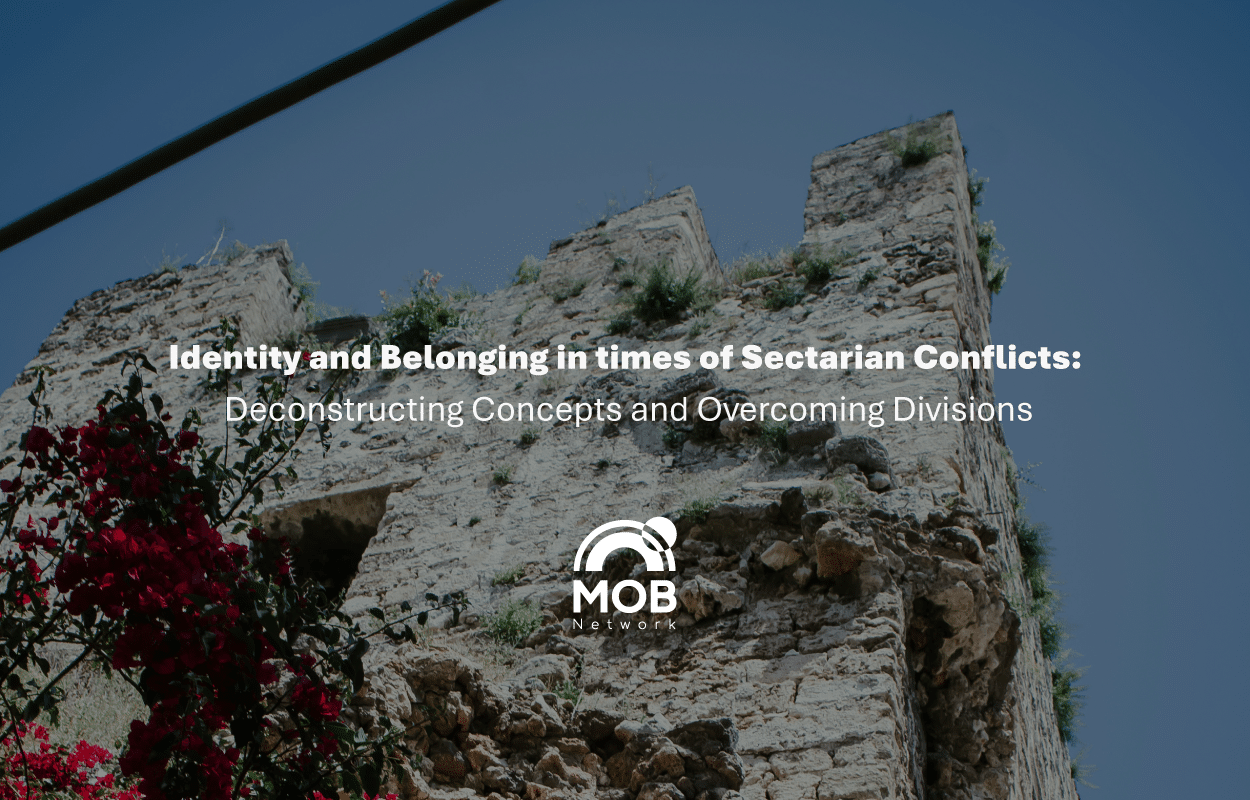We used to play in one of my village’s Neighborhoods with my peers from the sixth and seventh grades, at a stage when we considered ourselves as the older generation in school, since we were the tallest students in the primary school, we also began to believe at that time that we have more decisions and actions that belong to us, not to what the parents see as right. Although our playing was enthusiastic and with a scenario that fits this stage, yet it was not devoid of its childish colour, full of imagination, fun, and sometimes illogicality.
“A White Lie”
Every time we came home, we were full of new adventures, discoveries, and collecting stones or shells. My mother used to wait for us with a big smile on her face, until the day I came home and my shoes and my feet were pierced by a large piece of glass, as we jumped off the (magical booth wall* A deserted room we took as the headquarters of our adventures), As a result of the sight of blood bleeding from my feet, some of my friends fled and some cried or stepped aside, and they asked me not to tell the true story so that we would not be prevented from playing in that area. And it is a “white lie” to tell my mother that what happened was in the street by accident.
From the moment I got home, my mother was keen to calm me down like her and made me contribute to putting pressure on the wound until we reached the clinic, and all the time I was thinking about whether to keep my promise to my friends with the white lie or to tell my mother what happened, at the risk of losing our favorite place.
After finishing bandaging the foot, stitching the wound, and the tetanus serum, we went home and I am waiting for my mother to ask what happened.
It was clear to her how confused I was, but she calmed me down by saying: My daughter, whatever happens when we tell it honestly, we can find a solution for it. There is no white lie, a lie is a lie! Our values are indivisible, but what happens can teach us how to properly practice our values.
I later learned that what my mother had done was the innate practical implementation of the psychological first aid concepts (when she calmed me down and made me a partner in finding the solution) And the correct value education that I read about later or tested in community workshops.
How is the values system formed?
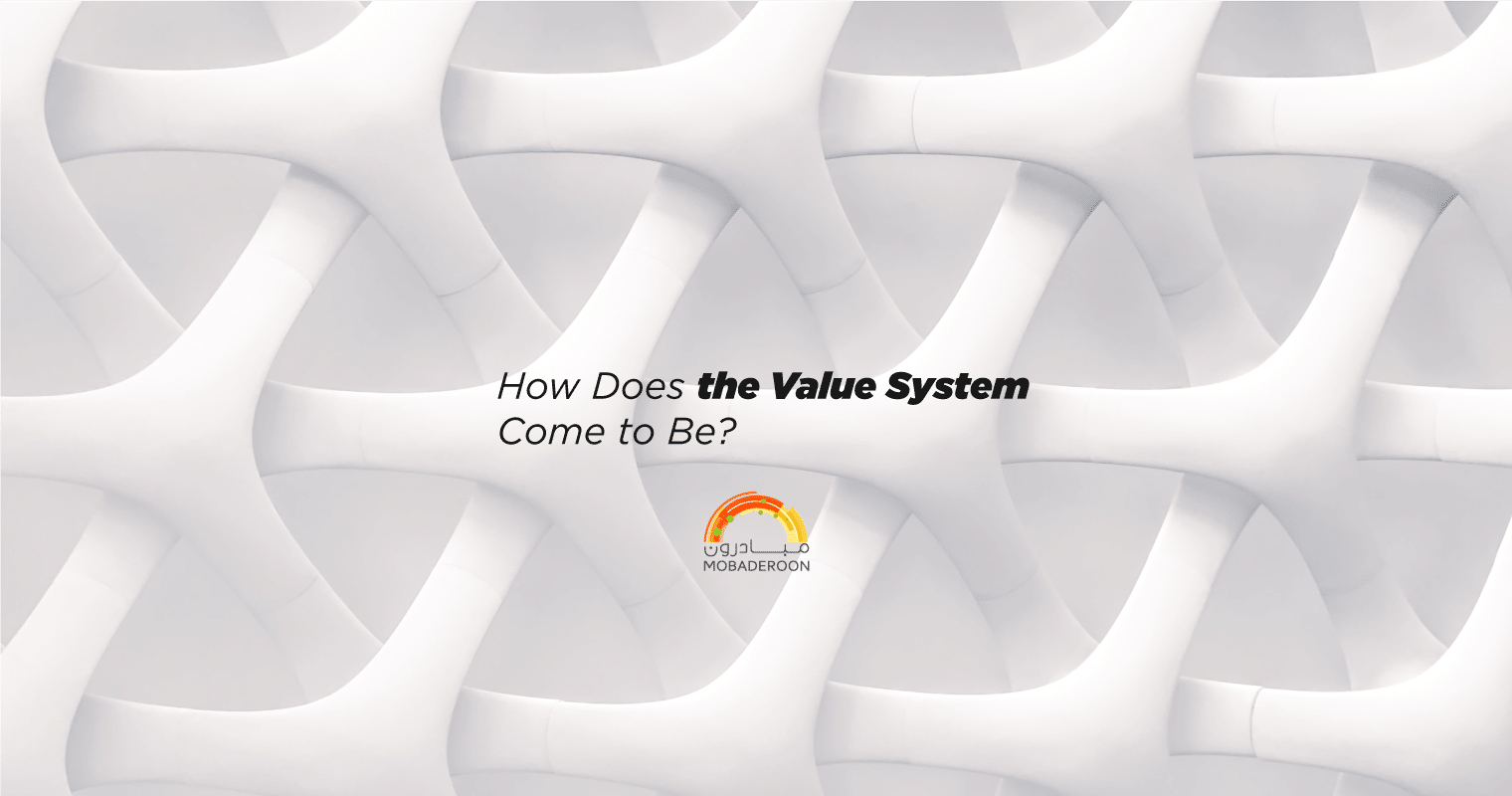
From the previous story and many others in our societies, we realize the importance of the family role and the child’s surroundings, such as friends and school, in understanding and practicing values in their correct and complete form, away from molding values or making its concepts “elastic” or “flexible” to fit only what we desire and not what is right, such as the common phrase (he’s “benefiting” from his position) to embellish the act of corruption, embezzlement, and bribery and to lighten the harsh word theft on hearing.
We recall some of the experiences of developed countries that are concerned with the child’s psychological and behavioral health and ensuring that the child grows in a valid and accurate value environment such as Japan, where the Japan Times reported that the Central Council of Education, an advisory board to the Japanese Ministry of Education, considers moral education to play an important role in helping students achieve a better life for them, in addition to securing sustainable development for society and the state. For this reason, the subject must form the core of school education, after its informal teaching formed “huge gaps” between schools and teachers in its teaching method, adding that the importance of this subject lies in tackling the bullying problem in schools. The report issued by the council included a call to educate students to develop the ability to confront “different and sometimes opposite” values, to “think independently and engage in dialogue and cooperate with others, to improve the lives of individuals and society.” The report stated, according to the newspaper, that “imposing certain values on students or teaching them to blindly follow what others have told them without thinking independently, contradicts the goal of moral education.”
So, for more understanding of the stages of shaping the human value system, we have to understand the stages of moral growth more, as Dr Yahya Saad explains in a study published on Drasah website, the stages of moral development and moral judgment according to Kohlberg pass through three levels, each level consisting of two stages.
First: Pre-conventional level
This level starts from the child’s birth until they reach the age of nine, as the child is influenced by culture, rules, and labels for good and evil, right and wrong. they receive this culture from parents, teachers, and older people around them. This level includes the first two stages of moral development in children:
▪ Orientation towards punishment and obedience: where the child begins to link between bad actions and punishment, and good deeds and reward. But the child in the early stages of moral development does not understand the human meaning behind these moral judgments; Rather, they respect it in submission to the ones who constitute it, such as parents or others.
▪ Relative utilitarian orientation: where the child sees that the correct action is the action that satisfies their personal needs, or the needs of others. The child also tends to interpret human relationships in a material way, not based on human values, but rather on achieving personal benefit.
Second: Conventional level
This level extends from the age of nine to the age of fifteen. In which the child takes a course of action in line with the expectations of family and society, and it’s reflected in supporting and preserving rules. This level includes two important stages of moral development in children:
▪ The compatibility of interpersonal relationships stage: in which the child is biased towards the prevailing ideas about what is good behaviour, and tends to display behaviours that gain others’ approval. They also tend to judge the intentions of behaviour, rather than the behaviour itself, therefore their moral judgments do not depend on the results of the act, but rather on the intention of the actor.
▪ Orientation towards law and order: In this stage of moral development, the child tends to conform to the laws and the prevailing social order, by respecting authority and performing duties. The difference between commitment to social systems at this level and the previous one is that the desire for commitment here stems from within the child, while it is a compulsory external commitment during the previous stage of innate development stages in children.
Third: Post-conventional autonomous level
This level witnesses the most advanced stages of moral development, as the individual seeks to define moral principles and values. This level includes the last two stages of Kohlberg’s moral development:
▪ Orientation towards the social contract: In this stage, the individual’s awareness of the relativity of personal values and opinions grows. The individual judges the validity of the act by the extent of its adherence to the preservation of individual and public rights, in addition to his adherence to societal standards.
▪ Global Moral Orientation: This stage is the highest stage of moral development for the individual. The individual considers the human moral conscience as the reference for correctness. This stage is considered to be the stage of the overall principles that include equality and justice in human rights.
From here, it becomes clear where the value gaps in the individual form and their causes at each stage are. Therefore, the experiences of countries that are interested in building solid value systems were based on their deep understanding of the roles at each stage, so they were producing generations that did not allow value fragmentation, and did not make colours for lying, or depreciating the value until it becomes a common and popular culture for covering errors and loopholes.

